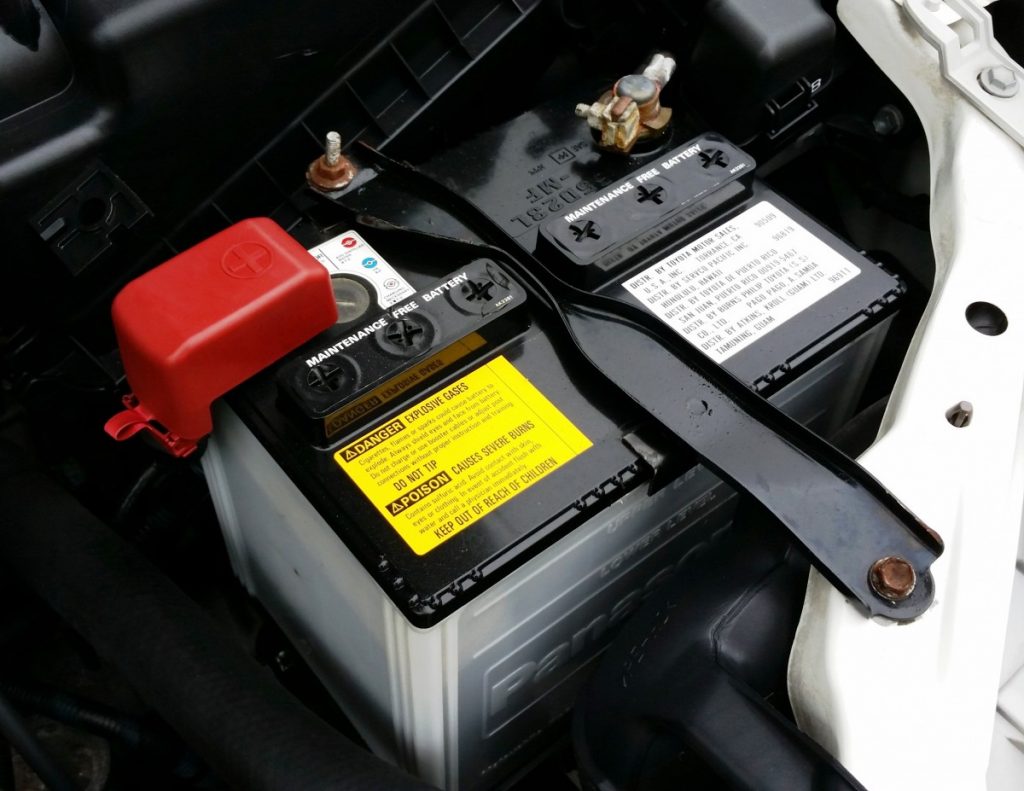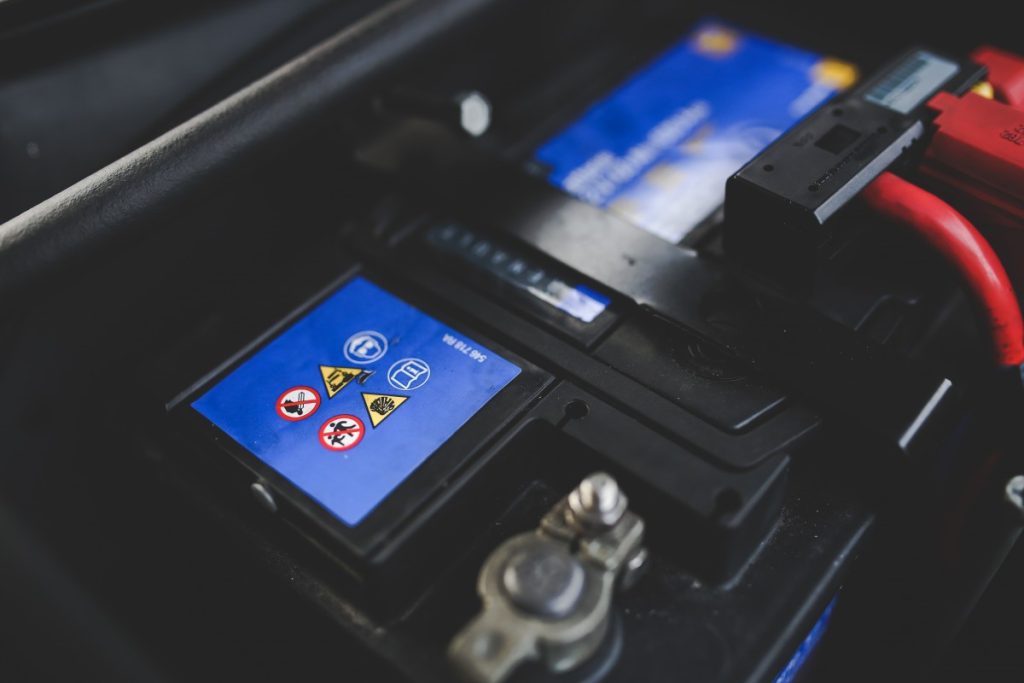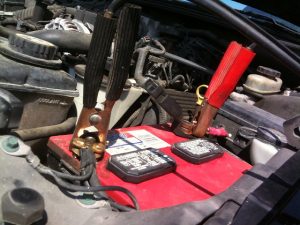Maintaining your vehicle involves more than just filling up the gas tank and changing the oil. Knowing how to disconnect a car battery safely is a valuable skill every vehicle owner should have in their toolkit. Whether you’re replacing the battery, working on electrical components, or performing routine maintenance, this step-by-step guide will walk you through the process and give you a better understanding of your vehicle’s electrical system.
Why Disconnect a Car Battery?
Disconnecting a car battery serves several essential purposes:
- Safety First: When working on electrical components or conducting repairs, disconnecting the battery prevents accidental electrical contact. It also significantly reduces the risk of short circuits or electrical shocks, ensuring your safety throughout the process.
- Battery Maintenance: If you need to charge or replace the battery, disconnecting it ensures a safe procedure. This step is vital to prevent electrical mishaps, acid contact, or even injury.
- Resetting the Vehicle’s Computer: Sometimes, disconnecting the battery can reset the vehicle’s computer, which might resolve certain issues or clear error codes. This quick reset can be a helpful troubleshooting step for some common vehicle problems.
Tools You’ll Need
Before you begin, gather the following tools to ensure a smooth and safe battery disconnection process:
- Safety Gear: Ensure you have safety glasses and gloves to protect against battery acid and debris. Safety should always come first.
- Wrenches or Pliers: You’ll need the appropriate tools to loosen the battery terminals without damaging them.
- Battery Terminal Puller: This handy tool can help you remove tight-fitting terminals with ease, making the process more efficient and less strenuous.
Step-by-Step Guide

Follow these steps to disconnect your car’s battery safely:
1. Prepare for Safety
Your first step is to prioritize safety. Park your vehicle in a safe, well-ventilated area. Ensure the ignition is turned off, and engage the parking brake for added safety. Safety should be your primary concern throughout the process.
2. Identify the Battery
Open the vehicle’s hood and locate the battery. It’s typically a rectangular or square-shaped box with two terminals, usually covered by plastic or rubber caps. Identifying the battery correctly is the key to a successful disconnection.
3. Put on Safety Gear
Before you start working on the battery, put on your safety glasses and gloves to protect your eyes and skin from any potential battery acid and debris.
4. Disconnect the Negative Terminal
Use your wrench or pliers to loosen and remove the negative (black) terminal. This is a crucial step as disconnecting the negative terminal first prevents any accidental electrical accidents, ensuring your safety.
5. Disconnect the Positive Terminal
Once the negative terminal is safely removed, proceed to remove the positive (red) terminal. Removing the positive terminal second ensures the battery is fully isolated from the vehicle’s electrical system.
6. Secure the Terminals
After disconnecting both terminals, it’s a good practice to secure them away from the battery posts. This step is essential to prevent any accidental reconnection or electrical contact.
7. Remove the Battery (If Necessary)
If your vehicle maintenance requires removing the battery entirely, locate any hold-down hardware securing it in place. Carefully lift the battery out of its tray and maneuver it out of the vehicle.
8. Final Safety Checks
After disconnecting the battery or removing it, perform a final safety check. Ensure all tools and equipment are clear of the engine bay, and no loose items remain in the vicinity.
By following these steps, you can safely and effectively disconnect your car’s battery. Always take the necessary precautions and adhere to manufacturer guidelines. If you’re ever unsure about any aspect of the process, it’s wise to consult a professional mechanic for expert guidance.
Now you’re well-equipped to handle your vehicle’s electrical needs safely and efficiently. Whether it’s replacing the battery, working on electrical components, or conducting routine maintenance, this guide empowers you to tackle the task with confidence. For more detailed vehicle maintenance and repair advice, consult your vehicle’s manual or seek professional guidance from a trusted mechanic.
It’s essential to remember that disconnecting a car battery is just one aspect of maintaining your vehicle. Proper upkeep ensures your vehicle runs smoothly and reliably, and regular maintenance can extend your car’s lifespan. Always prioritize safety when performing any maintenance or repair tasks on your vehicle, and your skills will not only save you money but also contribute to a safer and more efficient driving experience.




